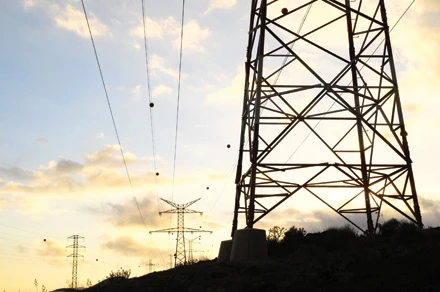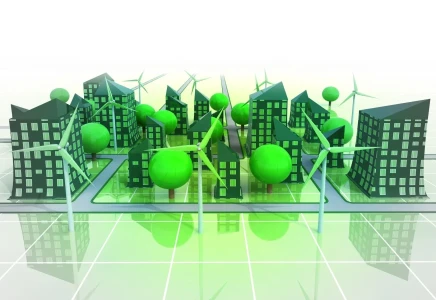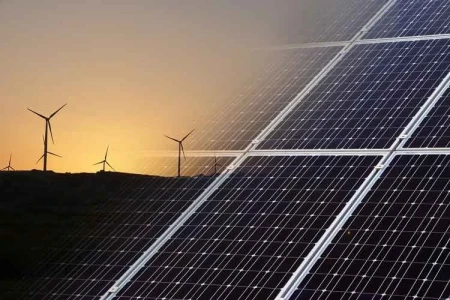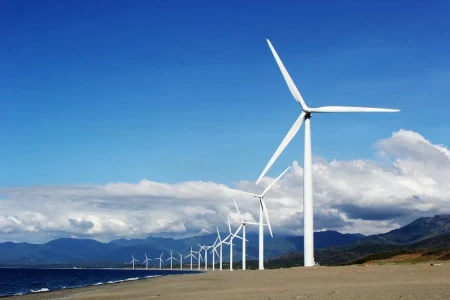Reducing Alaska’s Prison Population as a Climate Strategy

In Alaska, a novel approach to climate strategy is gaining traction: reducing the prison population. Advocates argue that addressing the high incarceration rates can play a crucial role in mitigating climate change. This perspective reflects a broader understanding of how social justice and environmental sustainability are interconnected. By focusing on the prison system, Alaska aims to address both social inequities and environmental challenges, creating a more holistic approach to climate action.
The Link Between Incarceration and Climate Change
At first glance, the connection between prison populations and climate change may not seem obvious. However, advocates argue that the environmental impact of maintaining a large prison system is significant and often overlooked. Here’s how reducing the prison population can contribute to climate strategies:
-
Resource Allocation: Maintaining a large prison system requires substantial resources, including energy for facilities, transportation for inmates, and production of goods within the prison system. By reducing the number of incarcerated individuals, resources can be redirected toward more sustainable and climate-friendly initiatives. This reallocation can help focus efforts on renewable energy projects, conservation programs, and other environmental priorities.
-
Carbon Footprint of Prisons: Prisons are energy-intensive institutions, often requiring significant amounts of electricity and heating. The energy consumption associated with maintaining prisons contributes to greenhouse gas emissions. Reducing the prison population would lead to decreased energy use, thereby lowering the overall carbon footprint associated with the penal system.
-
Land Use and Conservation: Large prison facilities can consume vast amounts of land that could otherwise be used for conservation purposes. By reducing the need for extensive prison infrastructure, more land can be preserved for natural habitats, which helps in biodiversity conservation and carbon sequestration.
-
Community Impacts: High incarceration rates can have indirect environmental impacts on communities. Families of incarcerated individuals may face economic hardships and reduced access to resources. By addressing the root causes of incarceration and focusing on rehabilitation and alternatives to imprisonment, communities can become more resilient and better equipped to participate in climate action.
The Advocacy for Reform
In Alaska, a coalition of environmentalists, social justice advocates, and policy reformers is championing the cause of reducing the prison population as a climate strategy. Their advocacy is driven by several key points:
-
Criminal Justice Reform: Reforming the criminal justice system to reduce incarceration rates is seen as a crucial step towards achieving broader social and environmental goals. Advocates are pushing for policies that prioritize rehabilitation over punitive measures, as well as alternatives to incarceration for non-violent offenders.
-
Climate Resilience: By focusing on reducing prison populations, Alaska can enhance its climate resilience. Advocates argue that addressing the social determinants of incarceration—such as poverty and lack of access to education—can contribute to a more equitable society that is better prepared to tackle climate challenges.
-
Public Awareness and Support: Advocacy efforts are aimed at increasing public awareness about the connections between incarceration and climate change. By highlighting these links, proponents hope to build broad-based support for criminal justice reforms that align with climate goals.
Recent Developments and Initiatives
Several recent initiatives in Alaska reflect the growing recognition of the intersection between criminal justice and environmental sustainability:
-
Policy Changes: Alaska has seen efforts to reform its criminal justice system, including measures to reduce mandatory minimum sentences for non-violent offenses and invest in rehabilitation programs. These reforms are part of a broader strategy to address over-incarceration and its environmental impacts.
-
Community Programs: Local organizations are implementing community-based programs that focus on rehabilitation, education, and support for formerly incarcerated individuals. These programs aim to reduce recidivism and support successful reintegration into society, thereby decreasing the demand for prison space.
-
Partnerships: Environmental groups and criminal justice reform advocates are collaborating to promote policies that address both social and environmental issues. These partnerships are working to create a more integrated approach to climate action and social justice.
Challenges and Opportunities
While the connection between reducing the prison population and climate strategy is compelling, there are challenges to implementing these changes. These include resistance to criminal justice reforms, logistical hurdles in transitioning to alternative forms of justice, and ensuring adequate support for affected communities.
However, the potential benefits of this approach are substantial. Reducing the prison population can lead to significant environmental and social gains, including lower carbon emissions, improved land conservation, and enhanced community resilience. By embracing this strategy, Alaska has the opportunity to lead by example in integrating social justice with climate action.
Conclusion
In Alaska, the push to reduce the prison population as part of a broader climate strategy reflects a growing awareness of the interconnectedness of social and environmental issues. By addressing over-incarceration, Alaska aims to create a more sustainable and equitable future. This innovative approach highlights the importance of considering the full range of factors that contribute to climate change and demonstrates how comprehensive reform can support both environmental and social goals.









